This week’s Bug Bytes is with Nicolas DeCorte, a photographer, blogger and active traveler who currently lives in Belgium but has also lived here in Cordoba, Spain.
From the food (paella!) to the siestas, Nicolas gives us the scoop on what it’s really like living in Cordoba.
###
BB: You once lived in Cordoba, Spain. Sounds amazing! What brought you there? Where are you from?
ND: In my final year of college we had to do a practical training of three months in a company and I’ve chosen to do this training in Cordoba.
There were several reasons for that. First of all, it was a public secret that if you do the training in another country, you’re almost certain that you pass the final year. Secondly, also a “secret”, when you went to Cordoba you had to do little more than nothing. And then there were the recommendations of others who had been there, the climate and an Erasmus scholarship that I received.
It turned out to be one of my best ideas ever. I had a great time over there and the only thing I had to do was to make a project for the University of Cordoba. That took me about two weeks and a half, so I had plenty of time to hang out, party and discover the area.
Cordoba from Above
BB: Where were you living? Apartment, house? Was it easy to find accommodation?
ND: In Cordoba, I was living in an apartment that was arranged by a department of the university. I shared it together with another Belgian guy who I knew from before, a Belgian girl who I’d never seen before and a girl from Czech republic. Sharing a medium sized apartment with four persons can cause some tensions from time to time, especially when it comes to cleaning, dishes or food that disappeared from the fridge.
BB: We all love food around here. What sorts of goodies or plates should we sample when in Cordoba?
ND: The actual specialty of Cordoba is called “Rabo de Torro,” which means tail of the bull. Don’t worry, you don’t get an actual tail on your plate, it’s more like a stew. If you can keep the image of the actual tail outside of your head it actually tastes very good.
Free tapas with your beer can also be found, but again, in the non-touristy bars.
ND: The city is divided into the old Moorish part and the new part. As in most cities, the old part is very touristy but it’s very pretty and you could easily spend a day or two there.
Then there are options, Cordoba has a huge sport complex with facilities that you can use, the city also has some nice shopping streets, but my choice often went to either staying on the roof with a book or meet up with some friends and hang around in the city.
In summer in can get quite hot in Cordoba, so in the afternoon you do like the Andalucians do and take a siesta. You don’t have to worry about shopping as the stores are open until at least 8 or 9 pm.
Cordoba is a university city, which means that there are a lot of young people around, which also means that in the evening there is “botellon”. This is a typical (southern) Spanish phenomenon where the youth comes together in the city park to drink (drinks which are bought in the stores). From time to time there can be over a thousand people having botellon.
When you’re not drunk/tired yet, there are a lot of bars and clubs where you can party until the early hours.
I have traveled a lot in the South and South-East of Spain, and my all-time favorite location is Granada. It’s also in Andalucia (indeed, I love Andalucia) and the city looks like two hills with a river in between.
I did know very little Spanish, but I figured that people would speak English. Wrong! Most of the inhabitants of Andalucia know very little English, and if they know some, they prefer not to use it.
So I had to learn Spanish very fast. But Andalucian Spanish is also quite different from “normal” Spanish. People talk very fast and they tend to swallow half of their words. So there was a lot of sign language involved.
Another thing was the siesta. I was used to general European opening hours from 8 am till 6pm, but in Cordoba everything is closed between 2pm and 5pm. And I mean everything. if you get hungry at 2:30 and nothing in the fridge? You’ll have to wait. You feel like a beer? Wait until 5. You can’t go shopping, you can’t go sporting, you can’t go to a bar, the only thing you can do is resting. In the beginning it happened a lot that I needed something between 2 and 5 pm, but after a while I got used to it.
And one last thing is the famous “mañana”. Everything happens mañana (tomorrow). If something is broke and you call someone to fix it, he comes mañana. If you call him again the next day, mañana.
Actually it just means that he’ll come when he feels like it. Spanish in general and Andalucians in particular don’t like to plan and to commit. It’s more like “I know you need me, you’ll see when I get there.” In the beginning this is very annoying, but after a while you start to enjoy this stressless attitude.
Mezquita
BB: If a friend came to visit, what would you do? Where would you take them, and why?
ND: Well there are a couple of things that might amaze them (at least they amazed me). We would have Churros con chocolate for breakfast, churros are a typical Spanish pastry which you dip in chocolate sauce.
BB: What’s the best way to get around the city? Bus? Train? Taxi? What’s cost effective?
ND: The best way to get around is walking. The city isn’t that big, and a lot of streets are pedestrian only. If you’re not that much of a walker, buses are cheapest alternative. To travel to other cities you’ll have to choose between train or bus. Often you have both possibilities but one will always be cheaper, faster or on a better schedule.
If you like to learn more about him you can visit http://www.nicolasdecorte.be or follow him on twitter or Facebook.
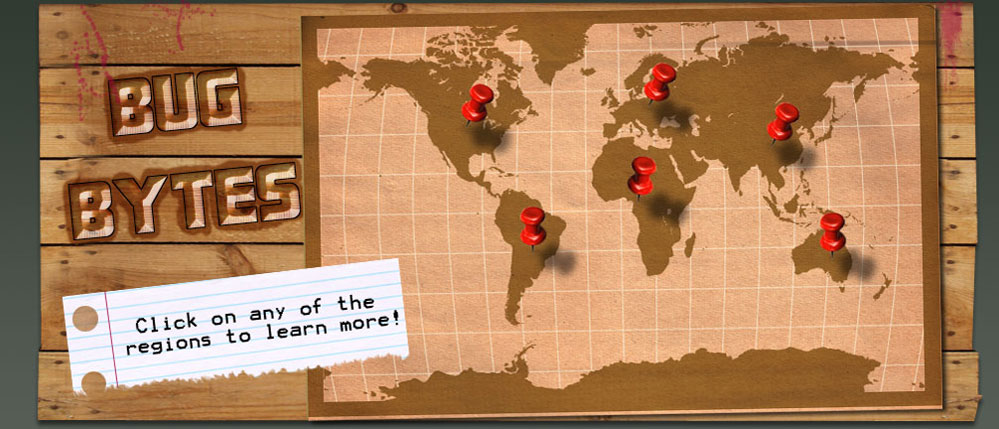
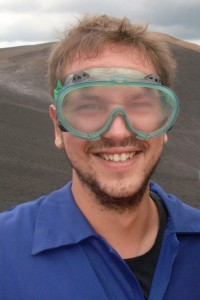
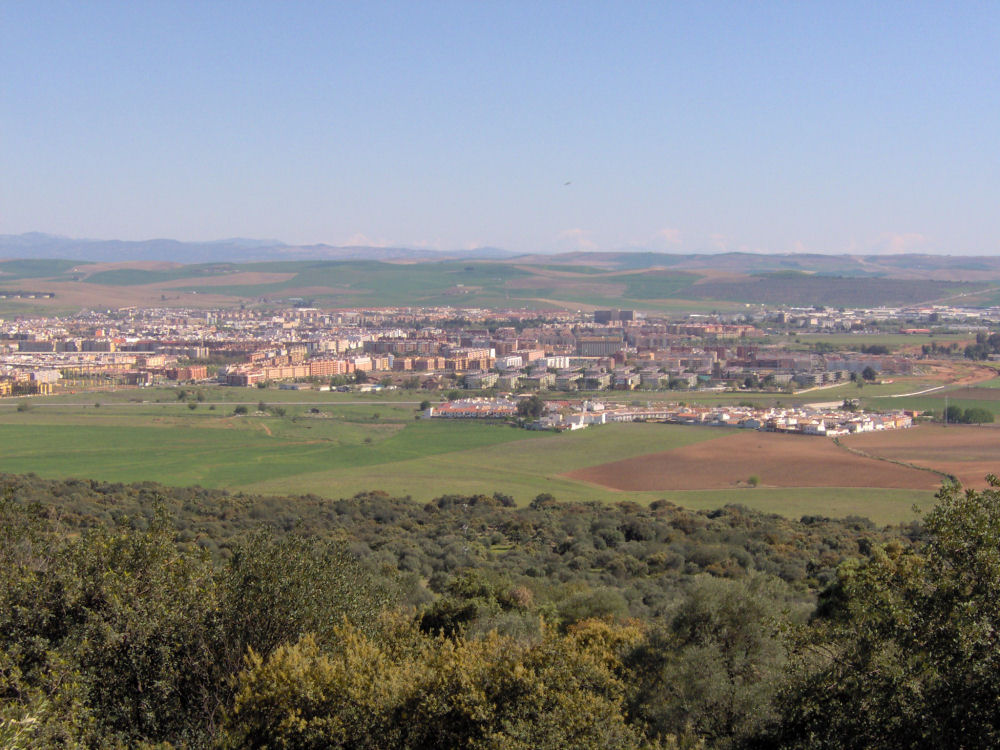
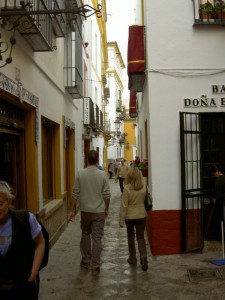
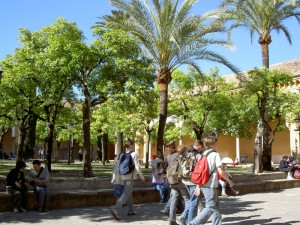
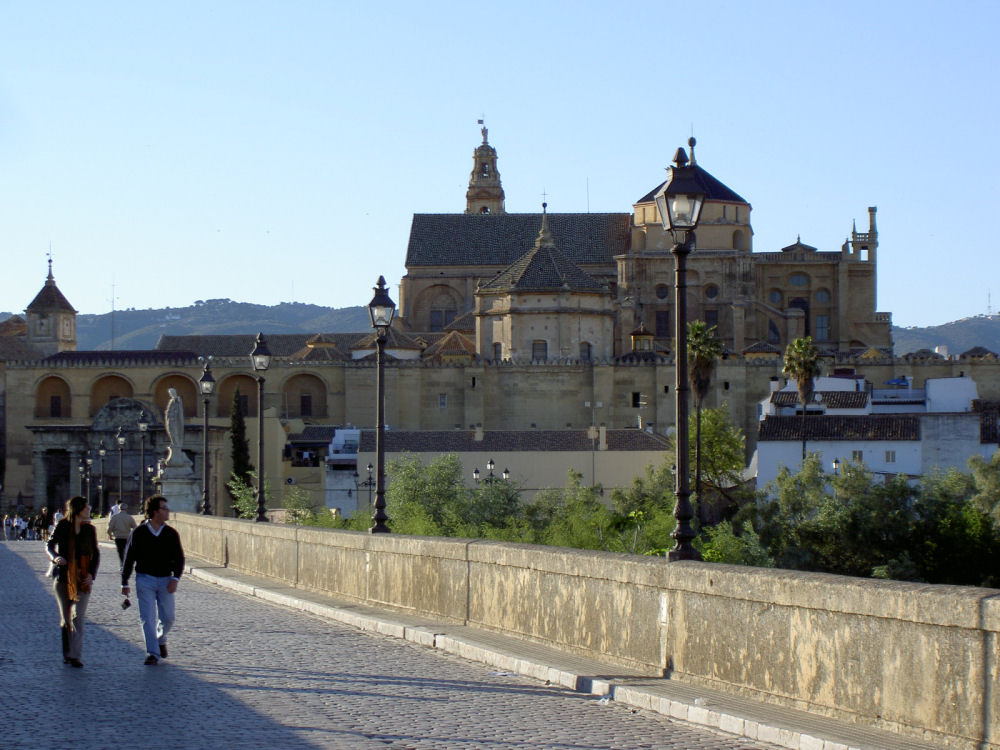
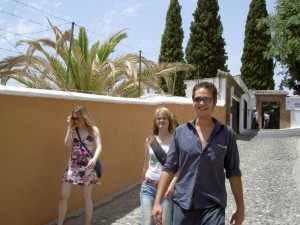





{ 7 comments… read them below or add one }
Great interview
A magnificent city, old and new. I think the bars in the new part are better if anything…
Nice post, i loved Spain and can’t wait to get back. Of course the tapas, hamon and sangria have something to do with it
Awesome find, I’ve never been to Spain but it’s at the top of my list.
What a great opportunity! I’d love the gazpacho you referred to – I have a friend chef in the south of France who adds Champagne to his tomato gazpacho just as it’s served, and it gives you this amazing sensation!!!
Really enjoyed reading this interview. Sounds like a great place to live!
That’s a great tip John! I’ll try to remember that until this summer.
{ 1 trackback }